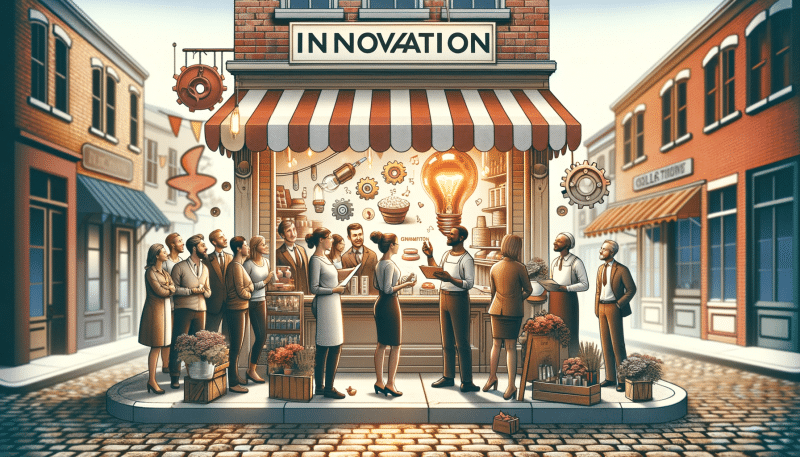
When you strip away all of the flash, technology, and other sizzle, running a business is about solving problems. And not in the manner of putting out the many small fires that can erupt in the day-to-day world of owning a company, big or small.
Solving problems, in this case, looks like having the good or service that your customer wants to meet their basic need, to solve their problems.
What that solution looks like and how that transaction takes place depends on countless variables. Still, over the course of several thousand years mankind had gotten pretty darn good at specializing our skills and resources so that we can exchange value and find as much enjoyment and comfort in our many days on this planet.
The good thing is that once we pick a field or industry, many problems start to look the same. That means the solutions we use to address them become a fixed array in our brains that we can employ and avoid having to go full-on mad scientist to invent a novel idea every time we need to earn a dollar.
However, the risk of holding tightly to the same old bag of tricks is that markets and audiences’ needs change, and technology offers new opportunities to solve problems faster and easier. Stay stuck in “That’s how we’ve always done it” mode, and it can be a quick road to having to organize a giant going-out-of-business fire sale.
There are benefits to repurposing the proven. Not the least of which is we already know what results to expect, which adds pricing and customer satisfaction stability to your business operations. But doing so can also create a growing blind spot if we’re not aware of what’s happening outside of our immediate sphere.
Think about Coca-Cola. Once it grew to national and then global scale, the soda company had proven millions of times that an ice-cold Coke was the solution to its customers’ problem of wanting something refreshing to drink. Gradually, though, tastes started to change, and rather than sticking with what it knew, the company responded with new brands and flavors – changing solutions for changing problems.
Negative reactions to sugar and high-calorie drinks have made it so that today Coca-Cola’s selections of juices, teas, bottled water, and other beverages – 3,500 options among 500 brands – have reduced good old Coke to being a sliver of the company’s total revenue picture. There are still lots of occasions where Coke is the proven answer for what a customer wants to drink, but balancing its old-reliable offerings with regularly deploying new options, the company kept its place as a global power for over 100 years.
Finding the balance is crucial since constantly churning out new creative or developing new equipment or technology eats up time and resources. The key to that is a decent dose of self-awareness and humility.
Case in point: around the turn of the century, there was a style of ad writing for jewelry stores that I came to call the “Mother’s Day macaroni” ad since it was trying to evoke the same treasured memories from our elementary school macaroni art projects for mom. The ads were sappy and flowery, but man, did they work. Everyone who was writing ads for a jewelry store knew that they could put their spin on the same proven formula and have a happy client without spending a week brainstorming new ideas.
But my Spidey Sense started to kick in about the time I knew that in my drives to see clients in any market across the U.S. and Canada, it wouldn’t take long to hear a “Mother’s Day macaroni”-style ad on the radio. The style had become too pervasive, and it wouldn’t be long before listeners stopped having a meaningful reaction to what we were giving them.
It was time to throw the macaroni in the trash since what was proven couldn’t be repurposed anymore.
- Leading the Bull - September 24, 2024
- Pioneers and Settlers - September 16, 2024
- Bigger Than Me - September 9, 2024
